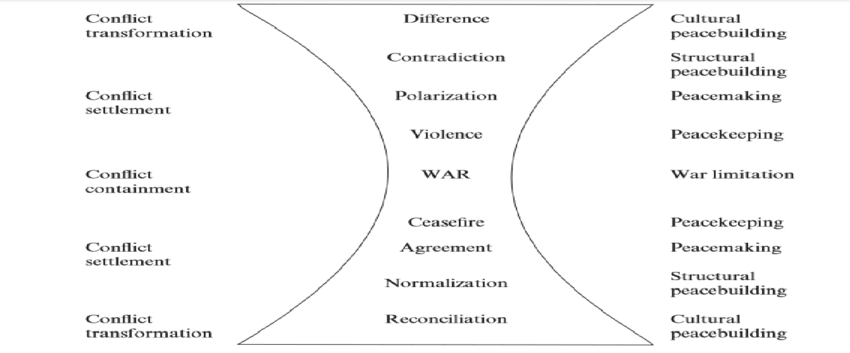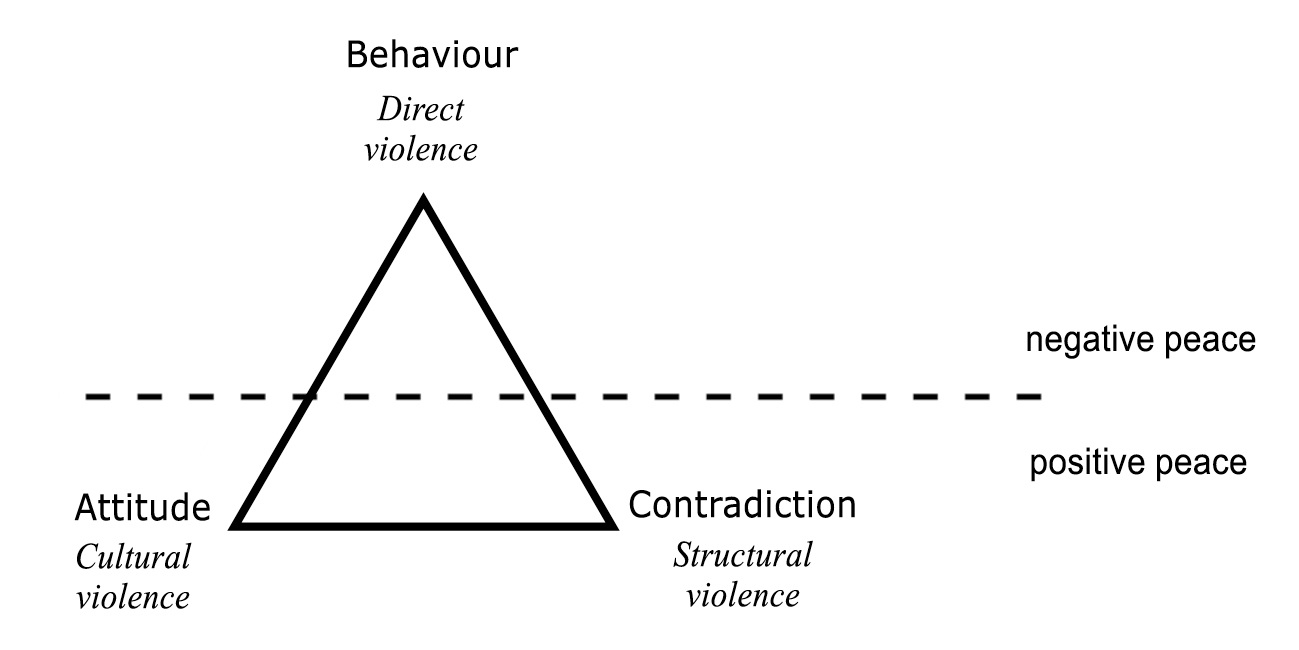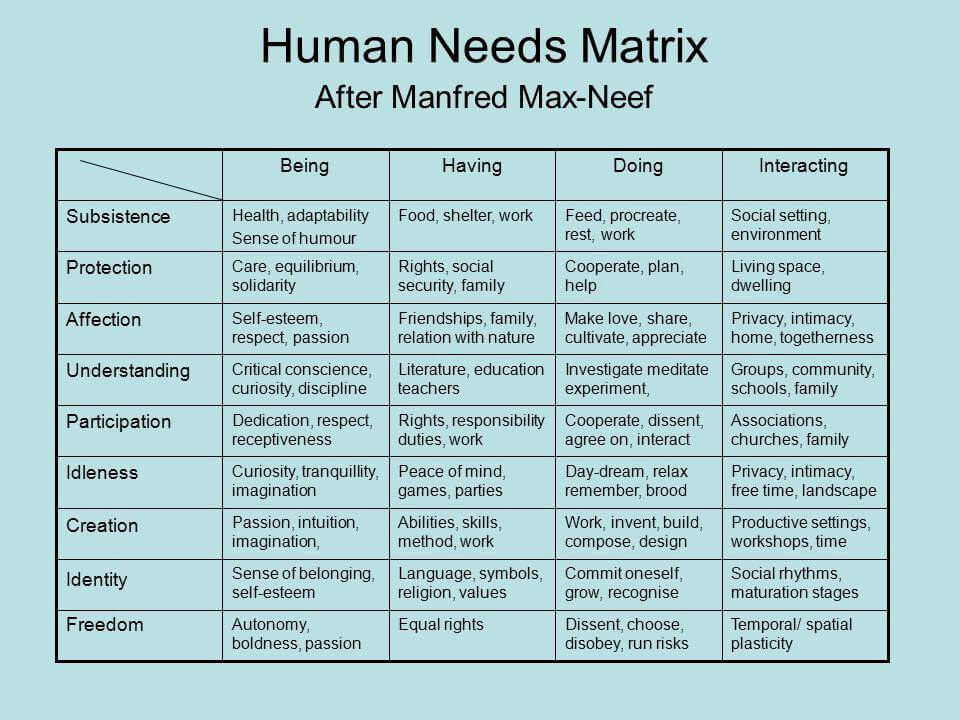CSP (Conflict Studies & Peace-building)
0.0(0)
Card Sorting
1/64
There's no tags or description
Looks like no tags are added yet.
Study Analytics
Name | Mastery | Learn | Test | Matching | Spaced |
|---|
No study sessions yet.
65 Terms
1
New cards
General causes of conflict
* Background causes
* Root causes
* Underlying causes
* Structural causes
* Root causes
* Underlying causes
* Structural causes
2
New cards
Timeline of international conflict phases - Second phase
Characterised by Cold War conflicts
* Bipolar power base on nuclear deterrence
* Proxy wars (Korea, Vietnam, Afghanistan i.e.)
* Politically and ideologically driven.
* Fewer interstate wars after the end of WWII.
* Bipolar power base on nuclear deterrence
* Proxy wars (Korea, Vietnam, Afghanistan i.e.)
* Politically and ideologically driven.
* Fewer interstate wars after the end of WWII.
3
New cards
Timeline of international conflict phases - Third phase
* New wars/ wars of the third kind/ Hybrid wars.
* These are about statehood, governance, and the role and status of nations and communities within states.
* Even fewer interstate wars,
* From PSC to TNC models.
* These are about statehood, governance, and the role and status of nations and communities within states.
* Even fewer interstate wars,
* From PSC to TNC models.
4
New cards
European theorist of early modernity - Machiavelli
Theorist of early modernity
5
New cards
European theorist of early modernity
Competition for gain/fear/power
6
New cards
European theorist of early modernity - Hume
Scarcity
7
New cards
Conflict and war as…
The failure of politics
8
New cards

Conflict Escalation and De-escalation Model - The Hourglass Model
9
New cards

Galtung’s Model of Conflict, Violence, and Peace
10
New cards
Galtung’s Model of Conflict, Violence, and Peace - Direct violence
Behaviour
11
New cards
Galtung’s Model of Conflict, Violence, and Peace - Cultural violence
Attitude
12
New cards
Galtung’s Model of Conflict, Violence, and Peace - Structural violence
Contradiction
13
New cards
Cause of conflict in Azar’s view
Due to “the prolonged and often violent struggle by communal groups for such basic needs as security, recognition and acceptance, fair access to political institutions and economic participation”
14
New cards
The role of the state according to Azar
To satisfy or frustrate basic communal needs, thus preventing or promoting conflict
15
New cards
Protracted Social Conflicts (PSC) - Contributing factors
* Where to look to understand conflict from a PSC perspective
* Communal content/ identify a group (religion, ethnic, racial, cultural)
* Identified deprivations of human needs as underlying source of PSC
* Governance and the role of the state in frustrating the satisfaction of needs
* International linkages (economic/ military dependencies and clientage)
* Communal content/ identify a group (religion, ethnic, racial, cultural)
* Identified deprivations of human needs as underlying source of PSC
* Governance and the role of the state in frustrating the satisfaction of needs
* International linkages (economic/ military dependencies and clientage)
16
New cards
Azar’s determinants to activate conflict.
* Communal actions and strategies (group formation, organization and mobilization, i.e.)
* State actions and strategies (coercive repression or instrumental co-option, i.e.)
* Build-in mechanism of conflict (perception, experiences, fear, i.e.)
* State actions and strategies (coercive repression or instrumental co-option, i.e.)
* Build-in mechanism of conflict (perception, experiences, fear, i.e.)
17
New cards
For PSC theorist like Azar the causes of social conflict are about…
… needs and the failure of states to satisfy them.
18
New cards
Transnational Conflict Framework (TNC)
Conflicts are not about unsatisfied needs but about…
Conflicts are not about unsatisfied needs but about…
… opportunistic rebellions
19
New cards
TNC - Levels of analysis
* Global
* Regional
* State (Social/Economic/Political/Geographical)
* Identity group
* Elite/ individual
* Regional
* State (Social/Economic/Political/Geographical)
* Identity group
* Elite/ individual
20
New cards
Why is “power politics” is a failed, flat earth paradigm?
We will not be able to solve the world’s problems through adversarial processes, ‘win lose’ mentalities, or ever more destructive power politics.
21
New cards
The field of conflict resolution developed, to some extent, as a critique of and alternative to…
…political realism and realpolitik
22
New cards
What is conflict - Darwin
Biological
23
New cards
What is conflict - Marx
Historical
24
New cards
What is conflict - Freud
Pyschological
25
New cards
What is conflict - Jesus Christ
Religious
26
New cards
What is conflict - Putin/Biden
Political
27
New cards
7 elements of principled negotiation
* Relationships : what relationships do we have, what do we want?
* Interests : what are our interests and needs, what are theirs?
* Options : what options could satisfy our needs, and theirs?
* Legitimacy : what criteria for settlement is relevant and fair?
* Commitments : what responsibilities can we accept?
* Communication : how can we best share, listen?
* Alternatives : if negotiation fails, what then?
* Interests : what are our interests and needs, what are theirs?
* Options : what options could satisfy our needs, and theirs?
* Legitimacy : what criteria for settlement is relevant and fair?
* Commitments : what responsibilities can we accept?
* Communication : how can we best share, listen?
* Alternatives : if negotiation fails, what then?
28
New cards
Example of Party advocacy
Save the whales
29
New cards
Example of outcome advocacy
Stop the dam(s)
30
New cards
Analytical problem solving conceptual framework
1. What is the problem to solve
… or the challenging issues to discuss
2. Analysis
… What is the most useful ‘framework for analysis’?
3. Brainstorming
Cooperative, collaborative, creative problem solving
4. Action Plan - Based on analytical problem solving
31
New cards
Human Needs Theory
There is a (non-hierarchical) set of fundamental human needs that are universal. Everyone in all societies and cultures has these needs
32
New cards
Human Scale Development List
Subsistence, Protection, Affection, Participation, Creation, Relaxation, Identity, Understanding, Freedom
33
New cards

Manfred Max-Neef’s definition human poverties
Any human need that is not adequately satisfied reveals a human poverty. Every poverty that is structural, institutionalised and endemic, leads to pathologies
34
New cards
Examples of latent conflict
* Syria (2011 –to present)
* Iran (1979) (1980-1988).
* Iran (1979) (1980-1988).
35
New cards
Protracted Social Conflict (PSC)
Needs + Governance (failure)
36
New cards
Transnational Conflict (TNC)
Opportunistic rebellion (state fragility)
37
New cards
Triggers of conflict
Factors that affect the timing of the onset of armed conflict
38
New cards
Catalysts
Factors that affect the intensity and duration of the conflict (internal-external).
39
New cards
![\[The red bubble\]](https://knowt-user-attachments.s3.amazonaws.com/2ecba9541ee6437a993d3d97170f6e29.jpeg)
\[The red bubble\]
Violent Collective Action
40
New cards
Syria’s war as an insurgency
The general power dynamic, of a strong government faces weak opposition
41
New cards
Types of insurgencies
* Integrated groups
* Vanguard groups
* Parochial groups
* Fragmented groups
* Vanguard groups
* Parochial groups
* Fragmented groups
42
New cards
Insurgencies - Integrated groups
Have a well-institutionalized central command and control over local units. These tend to be the most militarily effective groups, able to carefully coordinate strategy and keep fighting even in difficult situations
43
New cards
Insurgencies - Vanguard groups
Have a strong central command but weak local control. Local units defy or ignore the central leadership. They are the most likely to change, either by being wiped out through leadership decapitation or becoming integrated by building local alliances with local communities
44
New cards
Insurgencies - Parochial groups
Are made up of powerful local factions that lack a powerful, unified central command. They resemble militarized coalitions, even if under a common organizational umbrella
45
New cards
Insurgencies -Fragmented groups
Lack central cohesion or local control, and tend to be quickly marginalized
46
New cards
4 types of needs according to Azar
* Security needs.
* Development needs.
* Political access needs.
* Identity needs (cultural and religious expressions).
* Development needs.
* Political access needs.
* Identity needs (cultural and religious expressions).
47
New cards
Dilemma (meaning)
A situation in which a difficult choice must be made between two or more alternatives, especially ones that are equally undesirable.
48
New cards
Ethical dilemma
A situation in which an actor must choose between two or more obligations that cannot all be satisfied (contradictory demands)
49
New cards
Resolving ethical dilmma’s - 3 dominant traditions in western moral philosophy
* Aristotelian virtue ethics (actions performed without constrains → autonomy).
* Kant’s deontological moral theory (actions –follow duty/rules- vs consequences).
* Utilitarianism (the consequences of an action is the standard of right or wrong)
* Kant’s deontological moral theory (actions –follow duty/rules- vs consequences).
* Utilitarianism (the consequences of an action is the standard of right or wrong)
50
New cards
4 types of luck
* Constitutive luck.
* Causal luck.
* Circumstantial luck (Nazis in Germany and Argentina i.e.).
* Resultant luck (drunk driver i.e.).
* Causal luck.
* Circumstantial luck (Nazis in Germany and Argentina i.e.).
* Resultant luck (drunk driver i.e.).
51
New cards
Williams and Nagel make an important contribution to moral philosophy by…
…showing the extent to which moral judgements are influenced by factors that are beyond a person’s control.
52
New cards
Clausewitz - Friction
The tendency for disruptions to occur, even when there are no serious mistakes or miscalculations
53
New cards
Influence of friction
It influences the context in which soldiers make ethical decisions. It may cause ethical dilemmas to occur, impede soldiers’ ability to resolve them, and increase the costs of misjudgment
54
New cards
Clausewitz - Fog
A component of friction, but is often described as a distinct problem. It is an uncertainty, an absence of information
55
New cards
OAS
Organisation of the American States
56
New cards
CELAC
Community of Latin American and Caribbean States
57
New cards
Types of violence
1. Criminal
2. Repressive states policies and the militarisation of public security
3. Selective political violence against human rights defenders, representatives of social movements and independent journalists, among others
58
New cards
3 phases of democratisation and peacebuilding
1. War termination
2. Post war democratisation
3. State building (or liberal peace)
59
New cards
Why deploy peacekeeping?
1. To contain violence and prevent further escalation to war
2. To limit the intensity, geographical spread and duration of war
3. Consolidate a ceasefire and create space for reconstruction
60
New cards
Peacekeeping as a conflict resolution mechanism (3 generations)
1. First generation, peacekeeping missions (1956 Suez Crises- UNEF I –consent, impartiality and non-use of force as “the holy trinity”)
2. Second generation, peacekeeping missions (1990s after the end of Cold War – Rwanda and ex-Yugoslavia)
3. Third generation…peacekeeping operations (9/11 2001 New Wars)
61
New cards
Human security
Physical safety, economic and social well-being, dignity and the protection of human rights and fundamental freedoms
62
New cards
Neo-reaslist approach to peacekeeping
Refuses “peace language” not gear towards peace operations but stabilization forces
63
New cards
Pluralist approach to peacekeeping
Traditional peacekeeping, peacekeeping should be left to UN
64
New cards
Solidarist view on peacekeeping
In line with peacekeeping operations
65
New cards
Cosmopolitan approach to peacekeeping
Peacekeeping operations but…with United Nations forces will train and serve entirely as UN forces, not as national troops